Transforming Toronto10 Architectural Projects Shaping Toronto, often hailed as one of the most dynamic cities in the world, is witnessing a remarkable transformation in its architectural landscape. With a growing population and a thriving economy, the city is constantly evolving, and architecture plays a pivotal role in shaping its identity. In this article, we will explore ten architectural projects that are set to enhance Toronto’s landscape, contributing to its cultural richness, sustainability, and economic growth.
The Importance of Architectural Projects in Urban Development
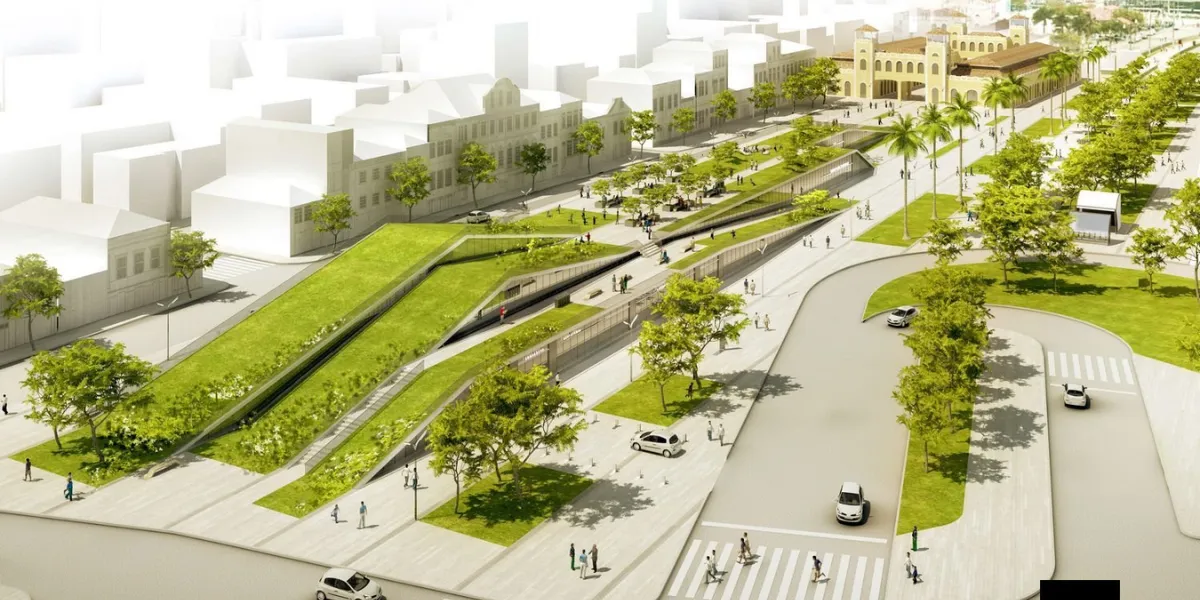
Architecture is not merely about constructing buildings; it is about creating spaces that inspire, foster community, and reflect the values of a society. In the context of urban development, architectural projects are crucial as they define the visual identity of a city and influence its social and economic fabric. In Toronto, architectural innovation is driving forward-thinking initiatives that aim to enhance the quality of life for residents and visitors alike.
Iconic Landmarks: Adding Character to Toronto’s Skyline
![]()
Iconic landmarks are the crown jewels of any city’s skyline, drawing tourists and locals alike with their awe-inspiring designs. In Toronto, projects like the CN Tower, Royal Ontario Museum, and the Art Gallery of Ontario have become synonymous with the city’s identity, showcasing its rich cultural heritage and architectural prowess. As Toronto continues to grow, new architectural landmarks are emerging, further enriching the city’s skyline and captivating the imagination of onlookers.
Sustainable Architecture: Building a Greener Future for Toronto
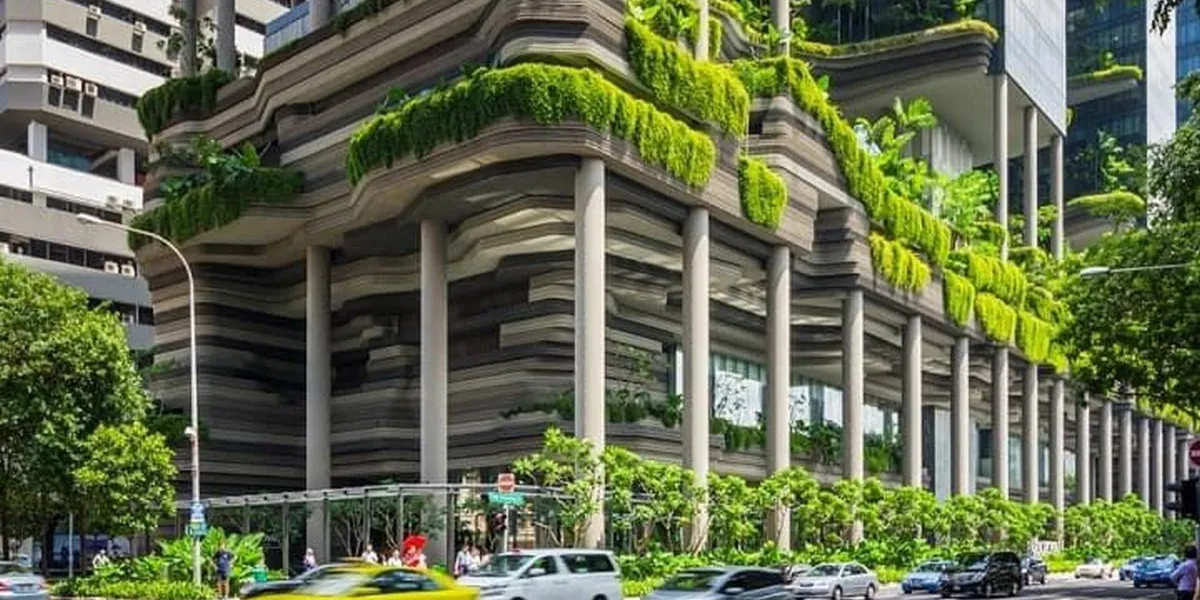
In an era of climate change and environmental degradation, sustainable architecture has become paramount in urban planning. Toronto is at the forefront of sustainable design, with architects incorporating green technologies, renewable materials, and energy-efficient strategies into their projects. From LEED-certified buildings to green roofs and solar installations, sustainable architecture is not only reducing the city’s carbon footprint but also creating healthier and more resilient communities.
Integrating Nature: Green Spaces in Urban Designs
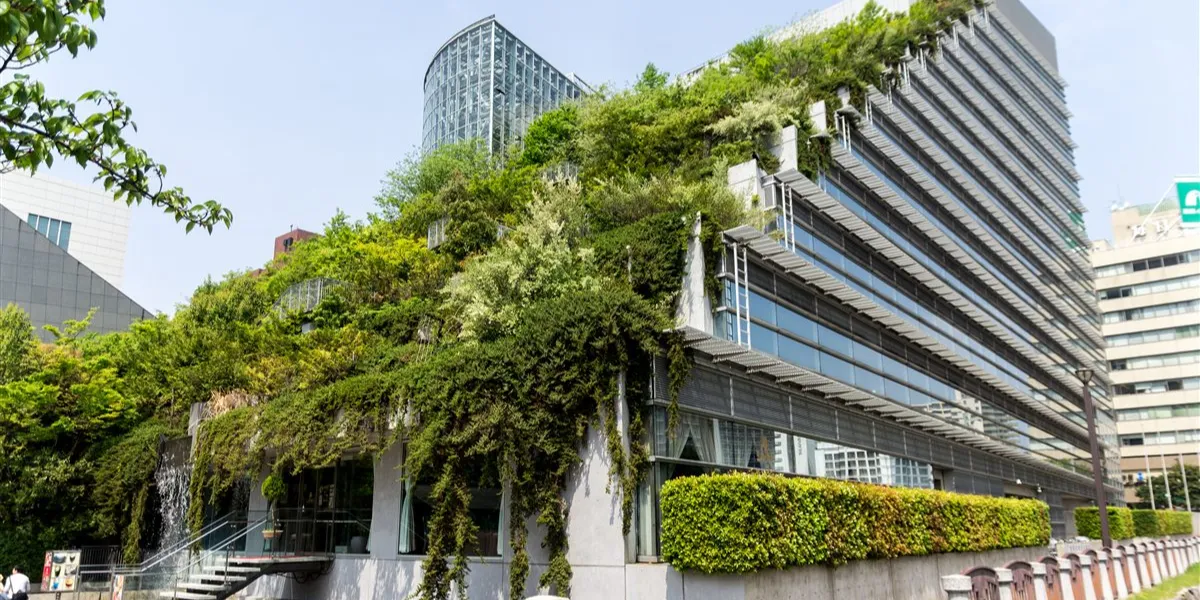
Amidst the concrete jungle of urban landscapes, green spaces offer a breath of fresh air, providing essential recreational areas and promoting biodiversity. In Toronto, architects are increasingly integrating nature into their designs, with projects like the Rail Deck Park and the Bentway revitalizing underutilized spaces and creating new opportunities for outdoor activities. By prioritizing green infrastructure, Toronto is reimagining its urban environment as a sustainable and livable city for generations to come.
Cultural Significance: Architectural Projects That Reflect Toronto’s Identity
Architecture is a powerful expression of cultural identity, reflecting the history, values, and aspirations of a community. In Toronto, architectural projects often draw inspiration from the city’s diverse cultural heritage, celebrating its multiculturalism and inclusivity. Whether it’s the design of a museum, a place of worship, or a public square, architects in Toronto are adept at weaving together various cultural influences to create spaces that resonate with residents from all walks of life.
Community Engagement: Involving Residents in Architectural Planning
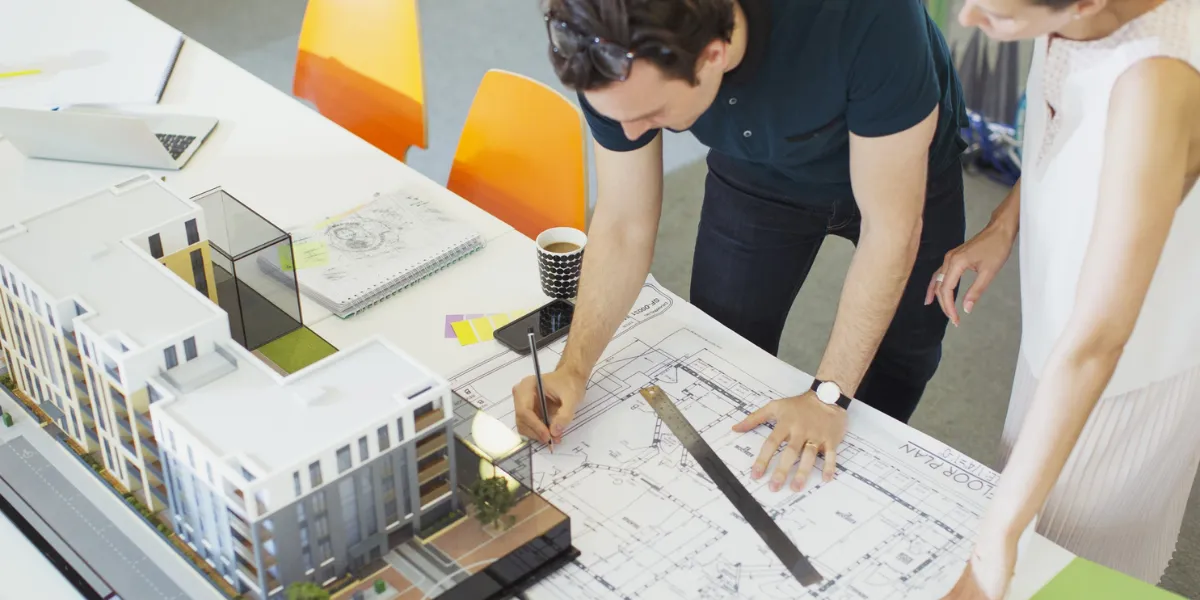
Effective urban planning requires meaningful engagement with the community, ensuring that the needs and aspirations of residents are incorporated into the design process. In Toronto, architects are embracing a participatory approach to architectural planning, soliciting feedback from stakeholders through workshops, town hall meetings, and online platforms. By fostering a sense of ownership and collaboration, these projects not only reflect the values of the community but also foster a stronger sense of belonging and civic pride.
Economic Impact: How Architecture Boosts Toronto’s Economy
Architecture is not only an art form but also a driver of economic growth, generating employment opportunities, attracting investments, and stimulating tourism. In Toronto, architectural projects have a significant economic impact, contributing billions of dollars to the local economy each year. From the construction industry to the hospitality sector, the ripple effects of architectural development are felt across various sectors, bolstering Toronto’s reputation as a global business hub.
Accessibility and Inclusivity: Designing Spaces for All

Inclusive design is essential for creating environments that are accessible to people of all ages, abilities, and backgrounds. In Toronto, architects are prioritizing accessibility and inclusivity in their designs, incorporating features such as ramps, elevators, and tactile signage to ensure that everyone can navigate public spaces with ease. By championing universal design principles, these projects are fostering greater social inclusion and breaking down barriers to participation in urban life.
Adaptive Reuse: Transforming Toronto’s Historic Buildings
Preserving the architectural heritage of a city is essential for maintaining its sense of continuity and identity. In Toronto, architects are breathing new life into historic buildings through adaptive reuse projects, repurposing old warehouses, factories, and heritage sites for modern-day use. From boutique hotels to coworking spaces and cultural centers, these projects celebrate the city’s past while embracing its future, creating vibrant hubs of activity and innovation.
Technological Advancements in Architecture: Shaping Toronto’s Future
Technology is revolutionizing the field of architecture, enabling architects to design more efficiently, sustainably, and creatively than ever before. In Toronto, architects are harnessing the power of digital tools such as Building Information Modeling (BIM), parametric design software, and 3D printing to push the boundaries of architectural innovation. From futuristic skyscrapers to smart buildings equipped with IoT sensors, these projects are shaping the future skyline of Toronto and redefining the way we interact with the built environment.
Challenges and Solutions: Overcoming Obstacles in Architectural Projects
Despite the many benefits of architectural development, projects often face numerous challenges, ranging from regulatory hurdles to budget constraints and community opposition. In Toronto, architects must navigate a complex maze of regulations and approvals while balancing the competing demands of stakeholders. By fostering collaboration, embracing innovation, and adopting a flexible approach to problem-solving, architects can overcome these obstacles and deliver projects that enrich the city’s landscape and enhance the quality of life for its residents.
The Bright Future of Toronto’s Architectural Landscape
In conclusion, Toronto’s architectural landscape is a dynamic tapestry of innovation, diversity, and creativity. From iconic landmarks to sustainable developments and adaptive reuse projects, architecture plays a vital role in shaping the city’s identity and fostering its continued growth and prosperity. By embracing sustainability, inclusivity, and technological advancements, Toronto is poised to emerge as a global leader in architectural innovation, setting new standards for urban development and enhancing the quality of life for its residents for generations to come.
Click here for more visited Posts!

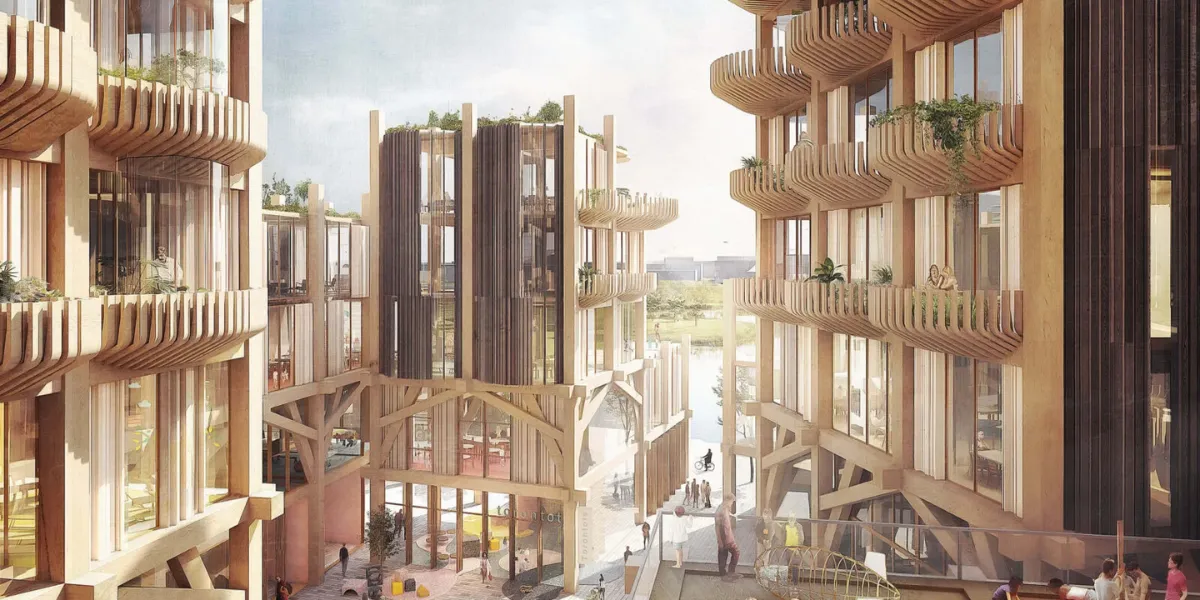
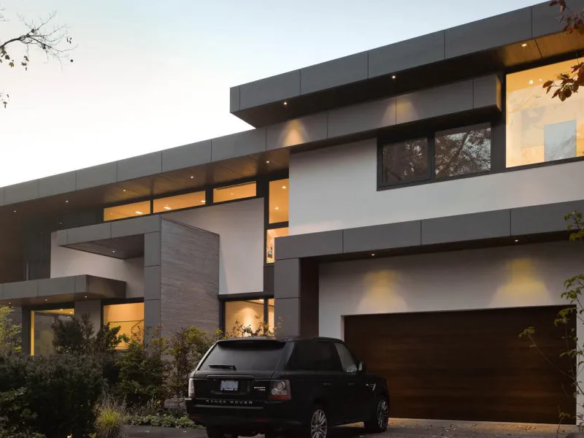


Join The Discussion